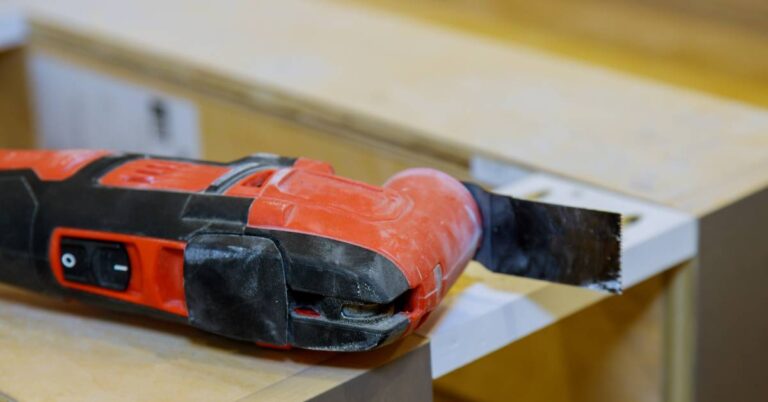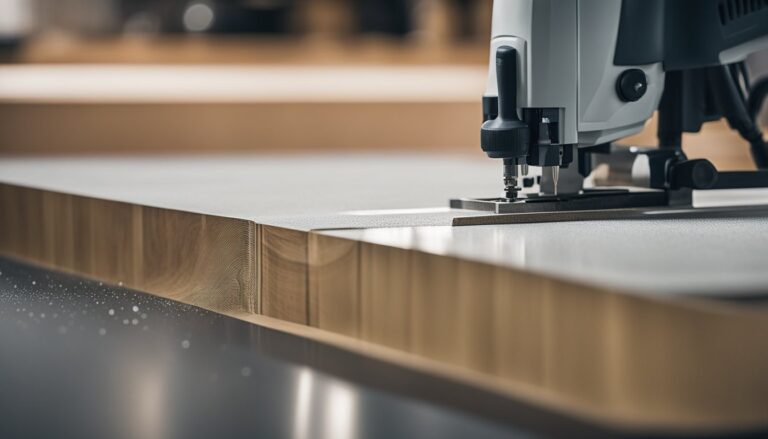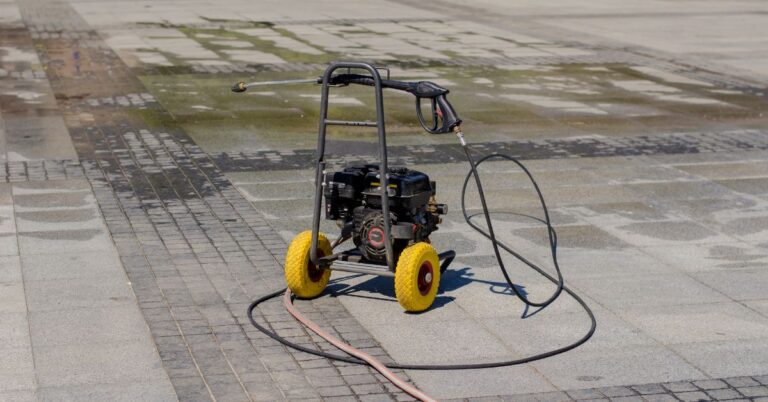Best Socks for Work Boots in Hot Weather: Comfort and Cooling Solutions
Work boots are essential for many jobs, but wearing them in hot weather can lead to uncomfortable and sweaty feet. Choosing the right socks can significantly affect comfort and foot health. The best socks for work boots in hot weather are made from moisture-wicking materials like merino wool or synthetic blends, offer cushioning in critical areas, and provide proper ventilation.
Proper sock selection can prevent blisters, reduce odour, and keep feet dry throughout the workday. While comfortable, materials like cotton tend to retain moisture and are not ideal for hot conditions. Specialized socks for work boots often incorporate reinforced heels and toes, arch support, and seamless construction to enhance durability and comfort.
When choosing socks for work boots in hot weather, consider factors such as thickness, length, and any specific work environment requirements. Some jobs may require additional protection, such as cut-resistant or flame-retardant socks. Workers can improve their comfort and productivity in challenging hot weather conditions by selecting the right socks.
Key Takeaways
- Moisture-wicking materials are crucial for keeping feet dry in hot weather
- Specialized work boot socks offer features like reinforced areas and arch support
- Proper sock selection can prevent foot problems and improve overall comfort
Understanding Sock Materials for Hot Weather
Selecting suitable sock materials is crucial for comfort in work boots during hot weather. Certain fabrics excel at managing moisture and temperature to keep feet cool and dry.
The Significance of Wicking in Socks
Wicking refers to a material’s ability to draw moisture away from the skin. This property is essential for keeping feet dry and preventing blisters in hot conditions.
Socks with good wicking properties move sweat to the outer surface, where it can evaporate more efficiently. This process helps regulate foot temperature and reduces odor-causing bacteria.
Materials like polyester and merino wool are known for their excellent wicking capabilities. These fabrics maintain their moisture-management properties even when saturated with sweat.
Pros and Cons of Cotton, Polyester, and Wool
Cotton socks are soft and comfortable but retain moisture, leading to sweaty feet in hot weather. They can also cause blisters and foot odour when worn for extended periods.
Polyester socks wick moisture effectively and dry quickly. They’re durable and maintain their shape well. However, some find them less comfortable than natural fibres.
Wool, especially merino wool, offers natural temperature regulation and odour resistance. It wicks moisture well and stays comfortable in various conditions. Wool can be more expensive than other options.
Synthetic blends combine the benefits of multiple materials. For example, a polyester-wool blend provides excellent moisture management and comfort for hot weather work conditions.
Choosing the Right Fit and Length
Proper sock fit and length are crucial for comfort and performance when wearing work boots in hot weather. The right combination provides support, prevents blisters, and helps manage moisture.
Importance of Sock Fit for Work Boots
Socks that fit well ensure optimal comfort and protection. A snug fit prevents bunching and sliding, leading to blisters and discomfort. Properly sized socks also help wick moisture away from the feet more effectively.
When selecting socks, consider both foot size and boot size. Some work boot socks are available in specific shoe size ranges, while others may use general sizing like small, medium, and large.
Look for socks with targeted cushioning in high-impact areas like the heel and ball of the foot. This extra padding helps absorb shock and reduce fatigue during long work days.
Matching Sock Length to Work Environments
Sock length affects both comfort and practicality in different work settings. Crew socks are a popular choice for many work boot wearers. They typically reach mid-calf and provide good coverage without being too hot.
Over-the-calf socks offer maximum protection and are ideal for environments with tall grass, debris, or insects. They also provide extra support for the lower leg.
Some workers prefer ankle-length boot socks for very hot conditions. These offer less coverage but can be cooler in extreme heat. However, they may allow debris to enter the boot more easily.
When choosing sock length, consider the specific demands of the work environment. Longer socks offer more protection, while shorter options can be cooler in hot weather.
Specialized Socks for Steel Toe Boots
Steel-toe boots require specialized socks to maximize comfort and protection. The right socks can prevent blisters, reduce moisture, and enhance overall foot support when worn with these heavy-duty work boots.
Matching Socks to Steel Toe Work Boots
Steel-toe work boots require socks that can withstand harsh conditions. Crew-length socks are ideal, as they protect the entire foot and lower leg. Moisture-wicking materials like merino wool or synthetic blends help keep feet dry in hot weather.
Reinforced toe and heel areas provide extra durability where steel toe boots typically cause the most wear. Some socks feature extra padding in these high-impact zones for added comfort and longevity.
Seamless toe designs minimize friction and prevent blisters, which is especially important when feet are confined in rigid steel-toe boots all day. Look for socks with arch support to reduce fatigue during long shifts.
Enhancing Comfort and Protection
Socks with cushioned soles absorb shock and reduce pressure on feet when standing for extended periods. This extra padding is crucial for offsetting the weight of steel-toe boots.
Compression zones in the arch and ankle areas improve blood flow and reduce swelling, which benefits workers on their feet all day. Some specialized socks incorporate antimicrobial treatments to combat odour and fungal growth.
Breathable panels on the top of the foot help regulate temperature in hot conditions. For extreme heat, consider socks with cooling technologies that actively wick away sweat and promote air circulation within the boot.
Features That Prevent Foot Problems
Work socks with specific features can significantly reduce foot problems for those wearing boots in hot weather. These features focus on comfort, support, and blister prevention.
Arch Support and Cushioning Benefits
Arch support in socks helps distribute pressure evenly across the foot, reducing fatigue and discomfort during long work hours. Cushioned work socks provide extra padding in high-impact areas like the heel and ball of the foot.
The cushioning absorbs shock, minimizing strain on joints and muscles. Some socks offer targeted cushioning, with thicker padding in key areas. This design enhances comfort without adding bulk to the entire sock.
Compression features in work socks improve blood flow and reduce swelling. This is particularly beneficial for those standing or walking for extended periods. Compression socks can help prevent foot fatigue and muscle soreness.
Avoiding Blisters with the Right Socks
Seamless toe designs eliminate friction points that can lead to blisters. These socks have smooth toe seams or no seams in the toe area. This reduces rubbing and irritation, especially in tight work boots.
Moisture-wicking materials help keep feet dry in hot conditions. By pulling sweat away from the skin, these socks reduce the risk of blisters caused by dampness.
Antibacterial and antifungal treatments in socks combat odor and fungal growth. These features are crucial in hot, sweaty environments where bacteria thrive.
Proper sock fit is essential for blister prevention. Socks that are too loose can bunch up, while overly tight socks can cause friction. Choosing the right size and style of sock for your work boots is key to avoiding blisters.
Enhancing Durability and Maintenance
Proper care and selection of work boot socks can significantly extend their lifespan and performance. Quality materials and construction methods play crucial roles in sock longevity and comfort during hot weather.
Investing in Quality for Longevity
High-quality work boot socks are made with durable materials like merino wool and high-density fibres. These materials resist wear and tear, even in demanding work environments. Merino wool socks offer natural temperature regulation and moisture-wicking properties, which are ideal for hot weather conditions.
Reinforced heels and toes provide extra durability in high-friction areas. Look for socks with seamless construction to reduce irritation and prevent blisters. Some brands incorporate copper or silver threads for antimicrobial properties, extending sock life by reducing odor-causing bacteria.
Investing in premium socks may cost more upfront, but it will save money in the long run. Quality work boot socks last longer, reducing the need for frequent replacements.
Ease of Care for Work Socks
Many durable work boot socks are machine washable, simplifying maintenance. Follow care instructions to preserve sock integrity. Wash socks inside out to protect the outer surface and remove accumulated sweat and debris.
Avoid using fabric softeners, which can reduce the moisture-wicking properties of performance fabrics. Air-drying or using low heat settings helps maintain elasticity and shape.
Rotate between multiple pairs of socks to allow adequate drying time between wears. This practice prevents excessive wear on a single pair and extends the overall lifespan of socks.
Consider darning small holes to extend sock life further. If the damage is severe, replace the socks to maintain foot comfort and protection.
The Role of Weight and Thickness
Sock weight and thickness are crucial for comfort and performance in hot weather for work boot wearers. These factors directly impact breathability, moisture control, and foot protection.
Choosing the Appropriate Weight for the Season
Lightweight socks are ideal for hot-weather work environments. These thinner options allow better airflow, reducing foot sweat and discomfort. Breathable materials like merino wool or synthetic blends enhance moisture-wicking properties.
For summer use, opt for socks labelled “lightweight” or “ultralight.” These provide minimal insulation while maintaining necessary cushioning. Some brands offer specialized hot-weather work socks with mesh panels for extra ventilation.
Benefits of Thicker vs. Thinner Socks
Thicker socks offer more cushioning and protection, which benefits workers standing all day or on rough terrain. They provide extra padding in high-impact areas like heels and toes, reducing blisters and fatigue.
Thinner socks allow for a more precise fit in work boots, improving overall comfort and reducing friction. They’re less likely to bunch up or cause pressure points inside the boot.
Thinner socks generally perform better in hot conditions. They allow feet to breathe and stay cooler throughout the workday. However, some workers may prefer a medium-weight sock for added support, even in warm weather.
Technological Advances in Sock Design
Modern sock technology has revolutionized comfort for work boot wearers in hot conditions. Innovative materials and design features enhance performance to keep feet cool and dry.
Benefits of Compression Technology
Compression socks provide targeted pressure to improve blood flow and reduce fatigue. This technology supports muscles and joints, reducing swelling during long work days. Graduated compression promotes circulation from the ankle upwards.
Some compression socks feature zoned support, with extra reinforcement in high-stress areas. This design helps prevent blisters and hot spots. The snug fit also minimizes friction and movement inside work boots.
Compression technology aids in faster recovery after strenuous activity. It can help reduce muscle soreness and cramping. For workers on their feet all day, this means less discomfort and fatigue.
Innovative Features for Enhanced Air Flow
Advanced sock designs incorporate ventilation channels to maximize air circulation. These mesh zones are strategically placed to allow heat to escape and fresh air to enter. Some socks feature ribbed structures that create air pockets around the foot.
Moisture-wicking properties are crucial for keeping feet dry in hot weather. High-tech fibers draw sweat away from the skin to the outer surface of the sock, allowing moisture to evaporate quickly and preventing dampness from building up.
Many work boot socks now use antimicrobial treatments to combat odour-causing bacteria. This helps maintain freshness throughout long work shifts. Some designs also include cushioned zones for added comfort in high-impact areas.
The Top Picks for Hot Weather Work Socks
Selecting the right socks for work boots in hot weather is crucial for comfort and performance. Several brands offer excellent options designed to keep feet cool and dry.
Evaluating the Camel City Mill Options
Camel City Mill provides two standout choices for hot-weather work socks. Their lightweight wool work sock blends merino wool with synthetic fibres, offering breathability and moisture-wicking properties. This sock keeps feet cool and dry even in high temperatures. The heavyweight option, while thicker, still performs well in warm conditions due to its temperature-regulating wool content.
Both styles feature reinforced heels and toes for durability. The lightweight version is ideal for those who prefer a thinner sock, while the heavyweight offers extra cushioning for long days on your feet.
Recommended Styles from Darn Tough and Bombas
Darn Tough’s Paul Bunyan sock is a top contender for hot-weather work boots. Made with a blend of merino wool, nylon, and spandex, it offers excellent breathability and odour control. The sock’s seamless construction reduces friction and prevents blisters.
Bombas work socks are made of a mix of cotton, polyester, and spandex. Their signature honeycomb arch support provides all-day comfort. The socks incorporate zone cushioning in high-impact areas and ventilation where feet overheat.
Both brands offer moisture-wicking properties to keep feet dry. Darn Tough excels in durability, while Bombas focuses on targeted cushioning and support.



